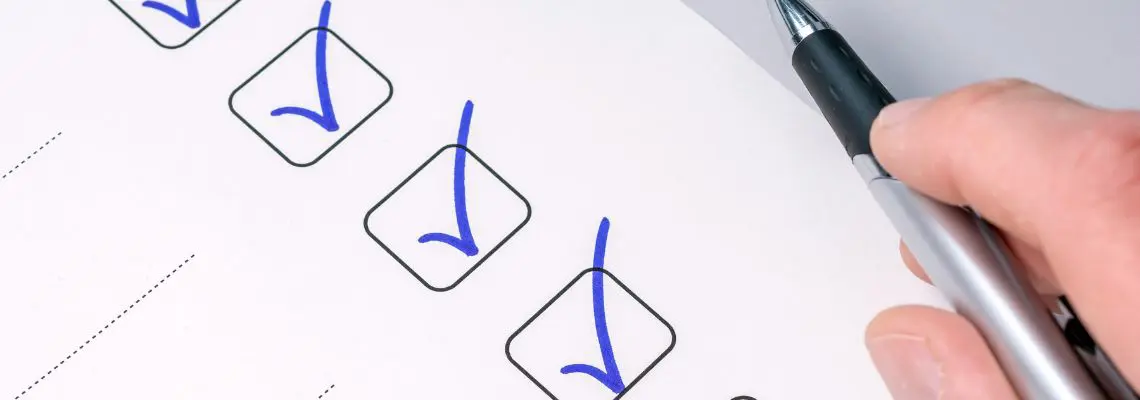5 Signs You Are Managing Team Tasks Effectively
Think you have team task management locked down?

A happy team is a productive team, and a productive team means that tasks have been managed effectively.

Anyone who’s ever had to manage a team knows that there’s more to it than allocating tasks A, B, and C to team members 1, 2, and 3. From matching tasks with applicable skill sets to sticking within budget, to ensuring all team members are satisfied with the resources available to them — it is a lot to take in. Here’s what you can do to simplify it all.
How to Manage Team Tasks
Whether your group is as small as three people, or as big as 300, the smoothest way to coordinate team tasks and individuals is to use team-based productivity software. The best examples of this type of task management app are cloud-based project management tools and workflow management systems.
Using a project management tool allows you to coordinate the planning, executing, and tracking of a project. It can also permit you to control resources and budget, manage quality, and act as a communication device. It is a great way to facilitate team task management because the centralized space allows you to monitor the project’s activity, keep the files accessible, and contact members of the team.

Discover the ultimate project management tool.
Sign up for free today!
An online workflow management system operates similarly to a project management tool except that it oversees day-to-day operations instead of project based-work. With features such as role-based access to allow team administrators to control sensitive information, and report generators to indicate performance, this is another type of task management software that can boost efficiency and productivity amongst your team.
5 Indications You’re Managing Team Tasks Effectively
A clear indicator of whether or not team tasks have been managed sufficiently is if the end goal has been achieved within the appointed time frame and criteria. But waiting for the end result shouldn’t be the only way to learn whether or not you’ve done your job correctly. Here are five clues that suggest team task management has been successful:
1. There is only one person assigned to each task
That’s not to say that only one person should be working on a task — not at all — collaboration is encouraged, and expected. What it means is that only one person is accountable for the execution, and completion of the team task. Delegating effectively makes it easier to monitor progress, ensure information doesn’t overlap, and that there is someone responsible should things go awry. This method of task management also makes handovers more straightforward.
2. Communication isn’t excessive
‘Status-ing people to death’ is a thing — just make sure it’s not a thing within your team. Over communicating runs the risk of people becoming uninterested, and disregarding notifications and reminders altogether. While progress updates, and checking in on fellow team members on how they’re doing with their tasks should be advocated, be sure that only relevant information is being shared on a timely basis. Think twice before sharing anything other than duties, deadlines, and task dependencies.

3. The frog is being eaten
Having a penchant for exotic cuisine isn’t a new task management approach. No, the term ‘eating the frog’ refers to tackling the most challenging task first thing. With the biggest task already completed, this sets the ball rolling for ‘actioning’ all the other tasks. This shows that prioritization and time management are being pursued, which are two traits that will result in a more favourable task outcome.
4. More than one solution is being embraced
While using a centralized team-based productivity software is a great way to manage team tasks effectively, the reality is that some people are more comfortable, and efficient, when using more than one platform. As long as the team-based software is being used, the idea of using other productivity solutions at the same time shouldn’t be excluded. For example, people could be using separate software to compile their online to-do lists, or the old school method — instead of the digitized version — of a whiteboard and markers may be the best way to create mind maps for free-flowing ideas. Consider every team member and their capabilities, and accommodate what will make them achieve peak efficiency and productivity.
5. There is room for feedback
Creating a safe space, and offering support make people feel more at ease, and when this happens, not only does it create a good working environment, but it allows everyone to be more comfortable in their creativity. Acknowledging feedback also shows that the manager/employee relationship is a two-way street, opening the door to more trust. With trust as a foundation of the team, commitment will be enhanced.
Final Thoughts
Have you managed a team’s task effectively or in such a way that the result was something better than expected? As always, I’d love to hear your insights. Share away!
Cheers,
Dinnie & the Zenkit Team
FREE 20 MIN. CONSULTATION WITH A PROJECT MANAGEMENT EXPERT
Wanna see how to simplify your workflow with Zenkit in less than a day?
Book a Live Demo